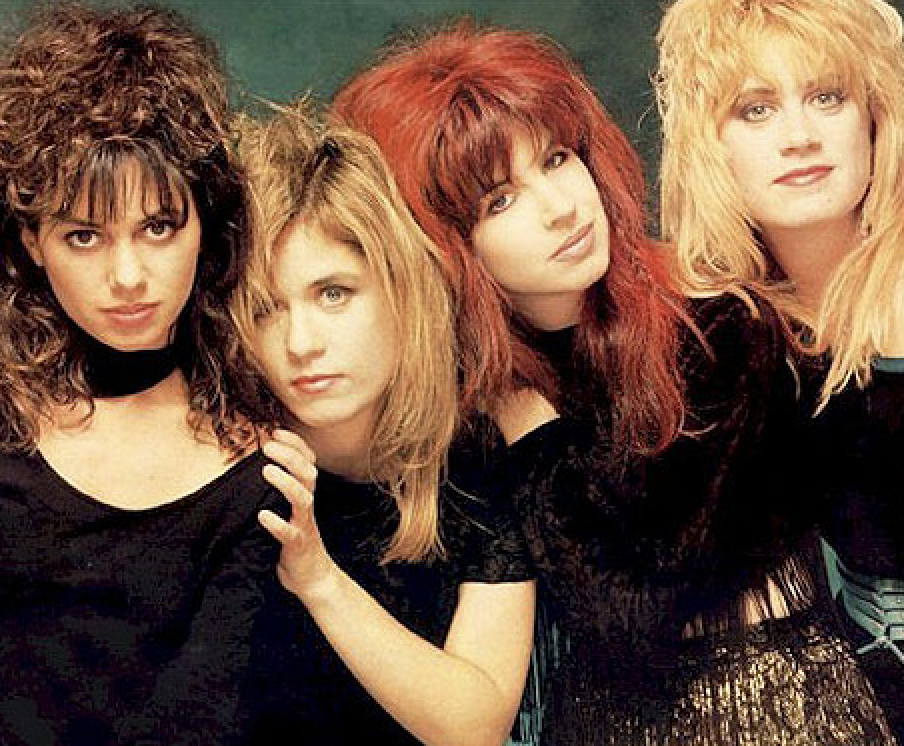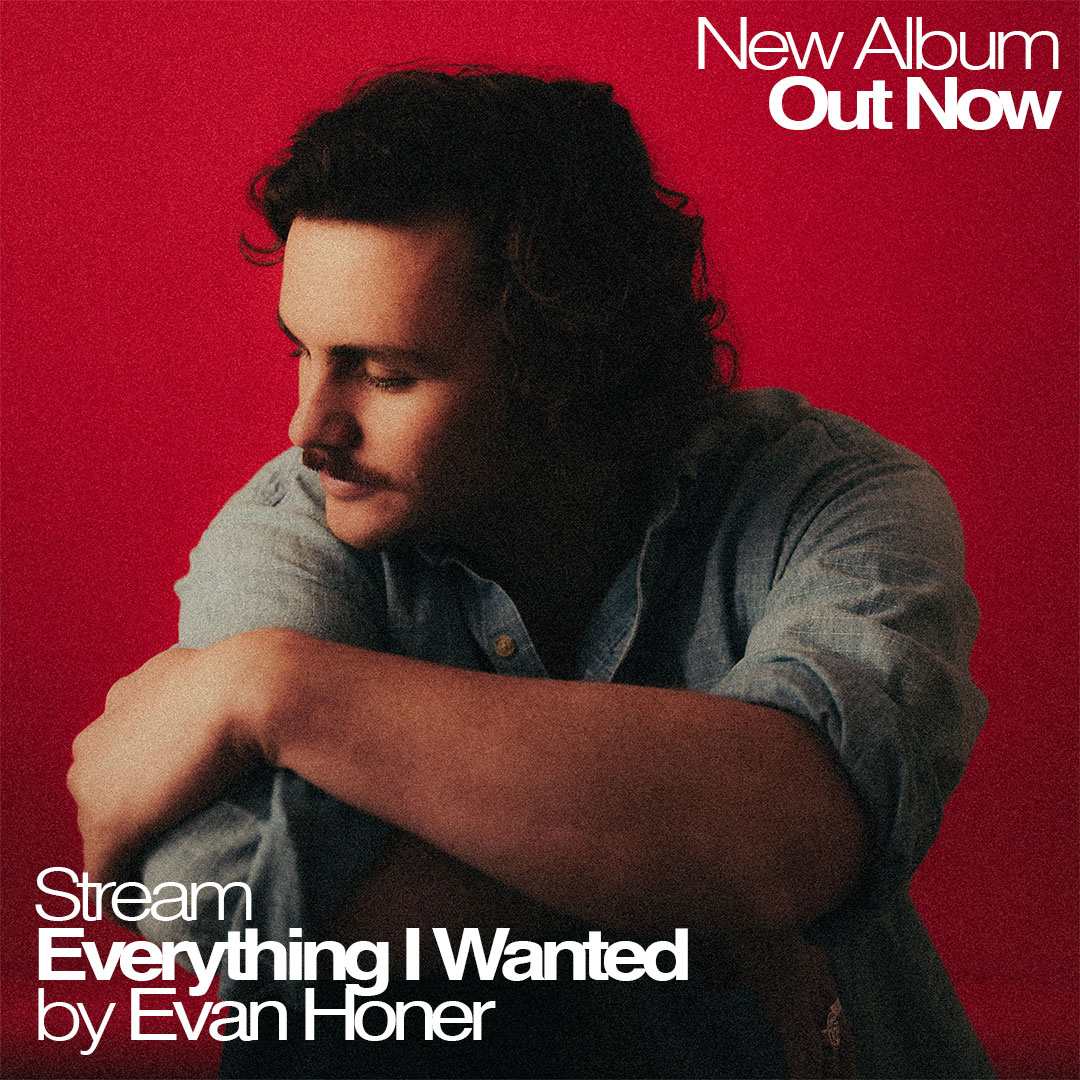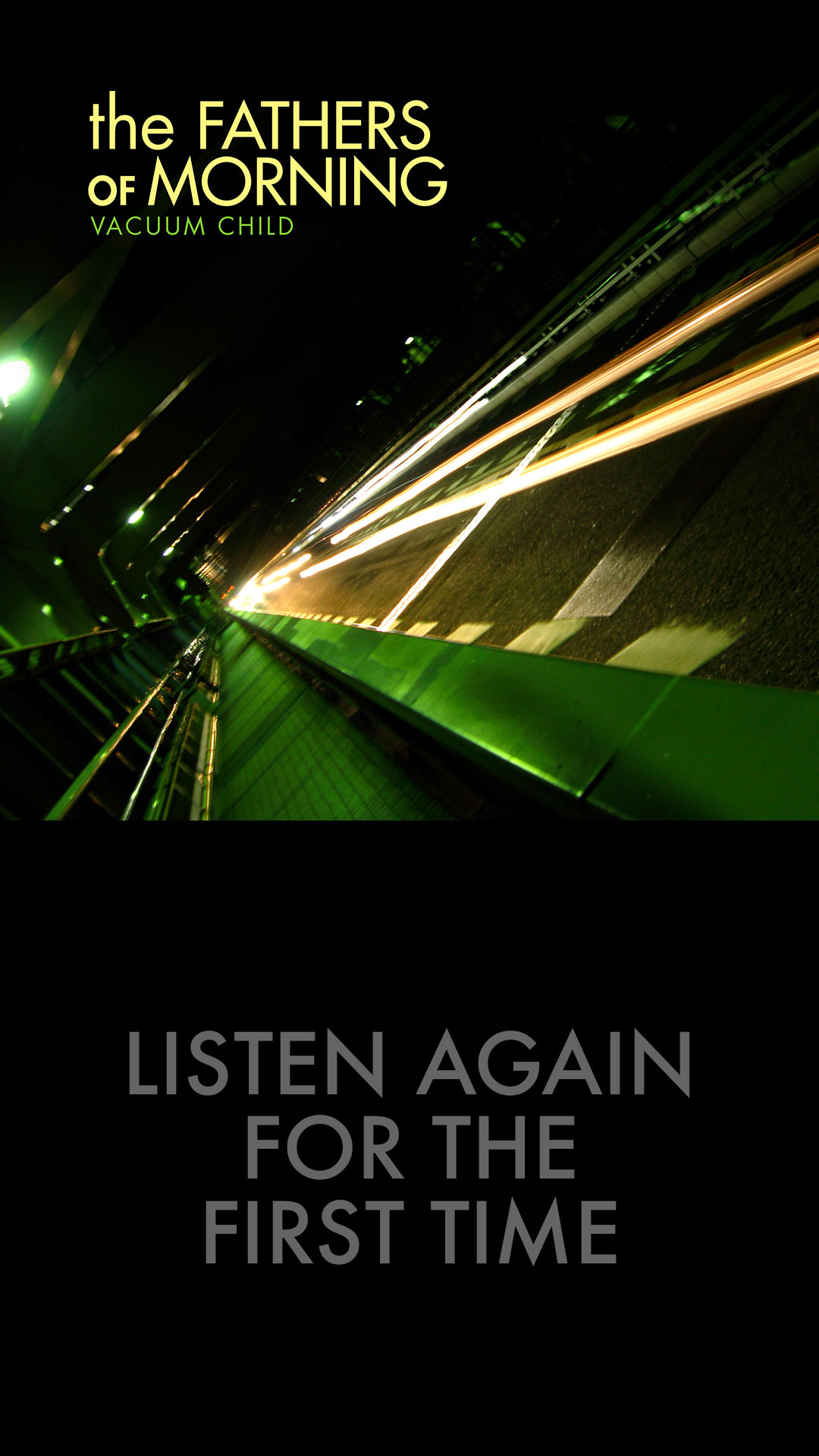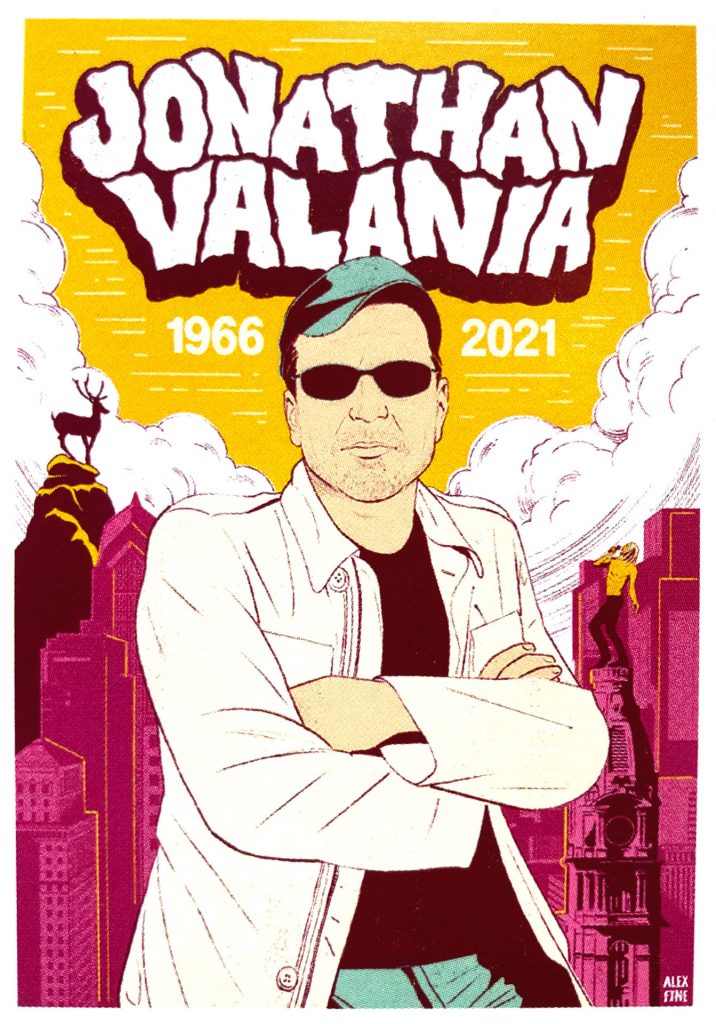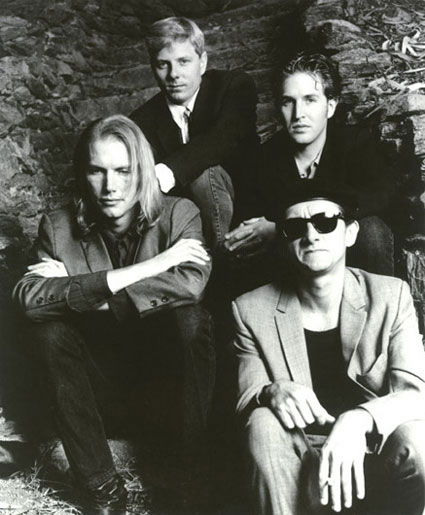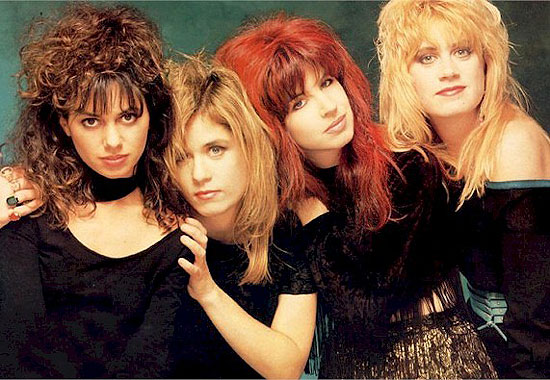
It was 20 years ago today that the four of them began to play. The Dream Syndicate, Bangles (pictured), Rain Parade and Three O’Clock formed a neo-psychedelic Los Angeles scene in the ‘80s. MAGNET examines a pair of audio artifacts that tell the story of the Paisley Underground. By Corey duBrowa
Los Angeles, circa 1984. The world watches while the Summer Olympics take flight; Reagan and his conservative cronies are re-elected in a landslide; the economy continues its inexorable trudge into darkness; and the sound emanating from local clubs is the roaring buzzsaw of punk bands such as Black Flag, X, Minutemen and Agent Orange. MTV is in its infancy—all sweetness and light, with a bit of mascara applied—but the pervasive vibe is one of anger, fear and faint hopes for better days somewhere in the smoggy wastelands of Southern California.
It’s within this forbidding landscape that the Paisley Underground saw its heyday, proffering a West Coast version of the CBGB template from which other regional scenes (Boston, Seattle and Chapel Hill among them) would borrow heavily. As with most “next big things” that have come and gone, the facts now are sketchy and the agreements few. What was the Paisley Underground? Who were the players, the contenders, the hangers-on? Those who were there hardly see eye-to-eye about what occurred, but all seem to recognize that something special once existed, never mind the details.
During its moment in the pop-culture sun, the Paisley Underground created the foundation upon which the houses of dream-pop and alt-country would later be built. While rich with music and memories, two particular records have emerged as talismans for the era: Rainy Day, a covers collection featuring songs written by ‘60s acts ranging from the Velvet Underground to Neil Young, and The Lost Weekend, a hazy alt-country hoedown recorded by Danny & Dusty (Dan Stuart, Steve Wynn and assorted friends) before any such handle existed. Peering backward through the kaleidoscope reveals glimpses of a scene marked by then-unfashionable influences and the secret society that held them close.


